Artificial fingernail products are made from many chemicals, but the main one in most of these products is ethyl methacrylate (EMA).
What are the hazards?
Since 1974, the US Food and Drug Administration has outlawed a similar chemical, methyl methacrylate (MMA), used in fingernail products. While not 'banned' in the UK, technicians should be using EMA or a less dangerous substitute.
MMA is harmful to both nail technicians and customers. Both MMA and EMA can cause contact dermatitis, asthma, and allergies in the eyes and nose, all problems that nail technicians know about. Both can make the eyes, nose, and other mucous membranes sting, become red, and swell. Customers are at risk, too.
Because it is often difficult to tell which chemical in a nail salon is causing a sensitivity or allergy, it is best to control your exposure before you become sensitised.
What is the best way to control the hazards?
In the nail salon, to get rid of EMA in the air, artificial fingernails should be applied at a ventilated work table. It is also helpful to keep all bottles of fingernail liquid tightly capped. Finally, you should look at your work habits to see if they can be improved.
Why use a ventilated table?
Research in the USA has found that a ventilation table protects the nail technician best against breathing EMA. This is because the vented table places local exhaust ventilation close to the work area.
Place local exhaust ventilation as close to the EMA source as possible. Exhaust this air outdoors. Charcoal filters that allow the air to be used over again are not recommended because it is hard to know when the charcoal is full.
Build a ventilated table, or change a table you already own into a ventilated one. Ventilated table sizes will vary from nail salon to nail salon.
- Choose a wood for your ventilated table that will not soak up the chemicals. If the table acts like a sponge, it may actually expose you to the chemicals you want to avoid. A veneer-coated particle board works well for the table material.
- Make a hole in the table top for an air in-take (called the downdraft face). This downdraft face should be placed on the technician’s side of the table.
- Cover the hole with a screen-like cover (or perforated plate) to prevent things from falling in.
- The client's side of the table should be a little higher than the technician's side. This will allow the client's hands to hang over the downdraft face and be as close as possible to the local exhaust ventilation
Keep dispenser bottles closed
Use dispenser bottles that have small openings, only large enough for an application brush to enter.
The bottle stoppers should be pressure sensitive. A dispenser bottle with a pressure-sensitive stopper and small opening will result in less evaporation of the fingernail liquid and, thus, will cut down on possible exposures to methacrylates.
Change your work habits
Nail technicians can also lower their exposures to these airborne chemicals by changing some of their work habits:
- Change waste bin liners daily
- Put EMA-soaked gauze pads in a sealed bag before thrown in the waste bin
- Pour no more than the needed amount of fingernail liquid into the closed dispenser bottle
- Technicians should wash their hands, arms, and face with mild soap and water several times throughout the day to remove potentially irritating dust
- Nail technicians should wear personal protective clothing and glasses. When technicians remove artificial nails, chips of acrylic often fly-off, creating a need for eye protection. As well as safety glasses, technicians also should wear long sleeves and gloves to protect their skin from acrylic dust
- Eating and drinking should not be allowed where artificial fingernails are applied or in other working areas. Methacrylates in nail dust can be carried accidentally to the mouth or face on a cup or other food item, and this contact may cause a skin rash. Also, many other chemicals are used in a salon that could cause health problems if swallowed
What does the law say?
Under UK legislation, employers have a duty to ensure the health, safety and welfare of their employees and other persons on their premises.
The Control of Substances Hazardous to Health Regulations 2002 (COSHH) place specific requirements on employers to ensure staff safety.
